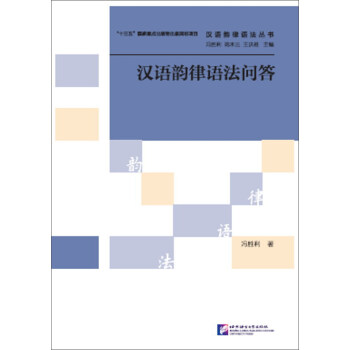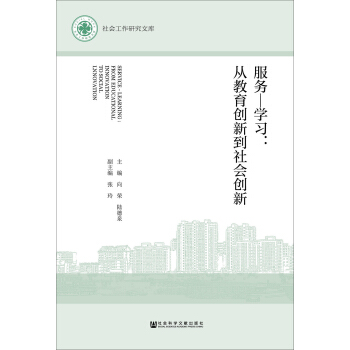

具体描述
内容简介
《认知语言学实证研究通论》介绍认知语言学实证研究的具体方法,全书分为三大部分共十章。第一部分共四章,分别研究听、说、读、写语言技能的实证研究范式。第二部分共四章,主要研究词汇和语法使用过程中的实证数据统计和模型。第三部分分为两章,主要研究隐喻和转喻习得过程中的认知理据。这些实证研究都在认知语言学的理论框架中进行,分别从不同角度揭示了学习者在二语习得过程中所面临的问题和解决方案。研究结果表明,认知语言学是一门实证性很强的学科,有助于从描写和解释两方面深化第二语言习得研究。这些研究结果具有一定的理论意义,同时对外语教学实践也具有重要的参考价值。内页插图
目录
Part One Language SkillsChapter 1 The Effects of Topic Familiarity and English Proficiency on Listening Comprehension
1.1 Information processing and components of listening comprehension
1.1.1 BoLtom-up processing
1.1.2 Top-down processing
1.1.3 Interactional processing
1.1.4 Components of listening comprehension
1.2 Schema theory and its listening comprehension model
1.2.1 Schema theory
1.2.2 Listening comprehension model on schema theory
1.3 Relevance theory and its listening comprehension model
1.3.1 Relvance theory
1.3.2 Listening comprehension model of relevance theory
1.4 Research methodology oflistening comprehension
1.4.1 Research materials and tools
1.4.2 Research questions and hypotheses
1.4.3 The operational definition of variables
1.5 Empirical approaches to listening comprehension
1.5.1 Quantitative statistics and description
1.5.2 Qualitative statistics and description
1.6 Topic familiarity and its effects on listening comprehension
1.6.1 Explanation from schematic perspective
1.6.2 Explanations from relevance theory
1.7 English proficien.cy and its effects on listening comprehension
1.8 Bottom-up and top-down processing in listening comprehension
1.9 The transactional listening comprehension model
Chapter 2 A Cognitive Approach to the Acquisition of Discourse Markers
2.1 The oral characteristics of Discourse Markers
2.2 Two approaches to Discourse Markers
2.2. 1 The coherence-based approach
2.2.2 The relevance-theoretic approach
2.2.3 Differences between the two approaches to Discourse Markers
2.3 Researches on the use and acquisition of Discourse Markers
2.3.1 The use and acquisition of Discourse Markers by native speakers
2.3.2 The use and acquisition of Discourse Markers by I2 learners
2.3.3 The use and acquisition of Discourse Markers by Chinese learners
2.4 Cognitive approaches to Discourse Markers
2.4.1 Schmidt's construct of noticing and the information-processing approach
2.4.3 Relevance Theory and Space Blending Theory: two cognitive theories
2.4.2 VanPattern and input processing
2.4.3 Relevance Theory and Space Blending Theory:two cognitive theories
2.4.4 Integrative study of Relevance Theory and Space Blending Theory
2.5 Research methodology of and empirical approaches to Discourse Markers
2.5.1 Dala in the picture description
2.5.2 Data in the group discussion
2.5.3 Comparison of the two kinds of data
2.5.4 Comparison with the native corpora
5.5.5 Data in the cloze test
2.5.6 Data in the utterance interpretation
2.5.7 Data in the sufficiency of the input
2.5.8 The patterns and implications of Discourse Markers
2.6 Factors contributing to the acquisition of Discourse Markers
2.6.1 Noticing of Discourse Markers
2.6.2 Instruction on Dissourse Makers
2.6.3 Processing of Discoruse Makrers
2.7 Models for the analysis of Discourse Markers
2.7.1 The inferential model of Relevance Theory
2.7.2 Blending models for Discourse Markers' role in utterance interpretation
2.7.3 The separate pragmatic blending model of Discourse Markers
Chapter 3 The Effects of Rhetorical Organization on Reading Comprehension
……
Part Two Morphology and Grammaticalization
Part Three Metaphors and Metonymies
精彩书摘
Chapter 1 The Effects of Topic Familiarity and English Proficiency on Listening ComprehensionListening comprehension is a complex cognitive process during which listeners have touse different elements of their knowledge of language such as phonetics, vocabulary andgrammar to do surface processing. They also have to take advantage of their social andcultural background knowledge to do deep-level processing semantic analysis, such asassociation and inference. In the studies of SLA, listening has aroused great concernamong researchers and language teachers due to its important function in absorption oflanguage input. A great number of studies have confirmed the effect of listeningcomprehension on second language acquisition and research in this area abounds both athome and abroad, yet most of those research focuses on the study of listening proceduresand on the various macro and micro listening skills by which a better performance onlistening comprehension could be achieved. The present study attempts to investigate theeffects of topic familiarity and the proficiency level on the Chinese non-English majors'listening comprehension, and attempts to reveal their cognitive processing in the field.
The study took as its subjects from the Hydraulic Engineering Department andfreshmen from political science department of Wuhan University. The subjects wererequired to take two tests: one test adopted the familiar passage "Nian as the listeningcomprehension test passage and the other adopted "Japanese Tea Ceremony-Cha-Nu-Yu"as the unfamiliar passage. The testing instrument is the recall protocol with threesupplementary questions for each passage which allow gaps in comprehension to surfaceand the results are used for qualitative analysis. The data collected underwent anindependent sample test, a paired sample test and an ANOVA test. Discussions andexplanations are then carried out from schemata and relevance theory perspectives toillustrate the effect of topic familiarity and the proficiency level on the listeningcomprehension of learners.
Statistical results indicate that topic familiarity exerts a significant effect on thesubjects' listening comprehension. Familiar topics enhance the learners' listeningcomprehension; leamers at both high and intermediate levels did much better on thefamiliar topic than on the unfamiliar topic. Language proficiency levels have a greatinfluence on leamers' listening comprehension; high-proficiency subjects outperformedintermediate proficiency subjects on both familiar and unfamiliar topics. High proficiencysubjects are better than intermediate level subjects in activating the relevant schema intheir mind to enhance the comprehension of'listening materials. The interactive effects ofboth topic familiarity and the proficiency level are not significant. As regard to theprocessing model, learners at both proficiency levels tend to use "top-down" processingwhen the listening passage is familiar to them and "bottom-up" when they are dealing withan unfamiliar topic.
1.1 Information processing and components of listening comprehension
Information processing is the term used to describe "the activities of the mind inextracting, processing, storing and retrieving the meaning of verbal and nonverbalcommunication"(Rivers 1981). Within schemata theory, the process of informationprocessing is oriented by the principle that all data must be accounted for (Adam& Collins,1979). Stated differently, every input event or datum must be mapped against certainschema, and all aspects of that schema must be compatible with the incoming information(Huang, 1998). There exist two basic models of information processing, which shed lighton the schemata operation in the process of listening comprehension. They are the"bottom-up" and "top-down processing (Chaudron & Richards, 1986).
1.1.1 Bottom-up processing
As far as listening comprehension is concened, the bottom-up processing refers to theform of processing in which listeners attempt to derive meaning from novel textualinformation by analyzing individual word meanings or grammatical characteristics of thetext (O'Malley & Chamot, 1990:421). It posits that human comprehension is driven by thelistener's need or desire to process "input data" accurately.
……
前言/序言
用户评价
这本书的阅读体验,说实话,有点像攀登一座技术含量极高的山峰。它绝对不是那种适合在通勤路上消遣的轻松读物,它需要你全神贯注,甚至需要反复回读某些章节才能真正消化其中的精髓。不过,正是这种“啃硬骨头”的过程,带来的成就感是其他读物无法比拟的。我特别欣赏作者在构建章节逻辑时所展现出的匠心。每一个概念的引入都水到渠成,前一个论点无缝衔接到下一个,形成一个密不透风的论证链条。特别是那些复杂的图表和模型示意图,绘制得极为清晰专业,即便是初次接触这些复杂模型的读者,也能通过图示快速把握其内在结构和运行机制。它迫使你调动起最深层的逻辑思考能力,让你在合上书本时,感觉自己的思维方式也随之得到了某种程度的升级和重塑。
评分作为一名长期关注语言现象变迁的研究者,我发现这本书在处理“动态”层面的认知过程时,展现出了非凡的洞察力。它没有将认知过程静态化、教条化,而是敏锐地捕捉到了语言使用中的不确定性和情境依赖性。例如,书中对于隐喻的生成和理解的讨论,远远超出了传统的修辞学范畴,而是深入到了人类经验结构层面。作者非常注重描述在具体交际场景中,学习者和使用者是如何实时调整其认知策略的。这种对“过程”的强调,使得这本书的理论框架具备了极强的生命力和解释力,能够解释许多传统理论无法圆满解释的日常语言怪象。每一次阅读,都能从不同的语境角度重新审视这些案例,从而获得新的启发,这正是一本优秀学术专著的价值所在。
评分我必须承认,这本书的文本密度相当高,对于习惯了快餐式阅读的现代读者来说,可能需要一个适应期。它的行文风格是那种典型的德高望重的学者笔法——精准、克制,几乎没有冗余的形容词或情绪化的表达。但这恰恰是其魅力所在,它将所有的能量都投注到了内容的深度和准确性上。从术语的界定到理论的推演,无不体现出作者数十年学术积累的沉淀。我尤其欣赏其详尽的脚注和参考文献部分,那简直就是一张通往更深层学术殿堂的地图。如果你想真正理解当前认知语言学研究的前沿脉络和核心争议点,这本书提供的不仅是答案,更是通往未来研究问题的有效路径。它不是让你轻松获取知识,而是邀请你加入到一场严肃而深入的学术对话中去。
评分这本书的封面设计简约而不失深度,那种深沉的蓝色调,配合着精致的烫金字体,立刻给人一种专业而严谨的学术气息。我是在书店里偶然翻到的,原本只是想找本轻松的小说,结果被这本书的厚度和排版吸引住了。内容上,虽然我不是这个领域的专家,但能感受到作者在架构体系上的用心。它不是那种堆砌术语的教科书,而是更像一位经验丰富的导师,耐心地引导读者进入一个复杂的认知世界。我特别欣赏作者在引言部分对研究方法论的阐述,那种对实证主义精神的强调,让人觉得这本书的内容是有血有肉、建立在扎实观察之上的。虽然还没完全读完,但光是初步的浏览,就足以让我对语言如何在大脑中运作有了全新的认识。那种逻辑的严密性和观点的独到之处,让我对后续的阅读充满了期待,相信它能为我的相关领域学习提供坚实的理论基础和清晰的实践路径。
评分初读此书,最令人震撼的莫过于其对跨学科视野的整合能力。我之前接触的几本相关书籍往往过于聚焦于某一个特定的语言现象或理论模型,读起来总感觉视野受限。然而,这本巨著似乎将认知科学、心理学乃至神经科学的最新发现,都巧妙地织入到语言分析的脉络之中。作者的处理方式非常高明,他不是简单地罗列文献,而是通过精妙的案例分析,展示了不同学科视角如何相互印证,共同构建起一个更宏大、更可靠的认知图景。尤其是在讨论语篇理解的部分,作者引用了大量的实验数据来支撑其论点,这种“用事实说话”的态度,极大地增强了论述的说服力,让原本抽象的理论变得触手可及,不再是空中楼阁。对于那些追求学术深度和广度的读者来说,这本书无疑是近十年来不可多得的集大成之作。
相关图书
本站所有内容均为互联网搜索引擎提供的公开搜索信息,本站不存储任何数据与内容,任何内容与数据均与本站无关,如有需要请联系相关搜索引擎包括但不限于百度,google,bing,sogou 等
© 2025 book.coffeedeals.club All Rights Reserved. 静流书站 版权所有







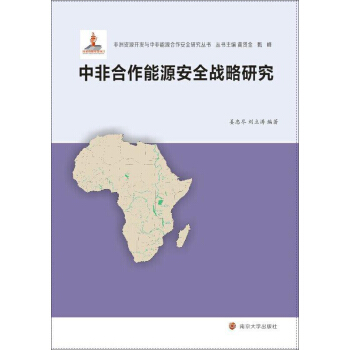
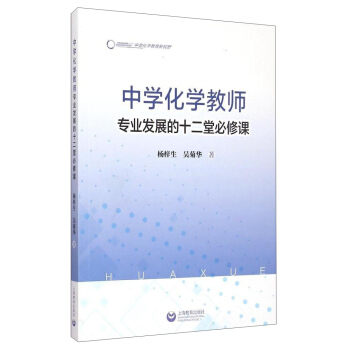
![北京航空航天大学通识教育白皮书 [Buaa White Papers On General Education] pdf epub mobi 电子书 下载](https://pic.windowsfront.com/11699225/556c34e6Nc560f0d5.jpg)

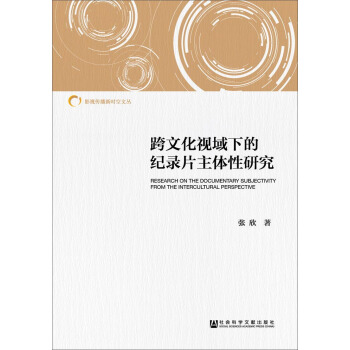
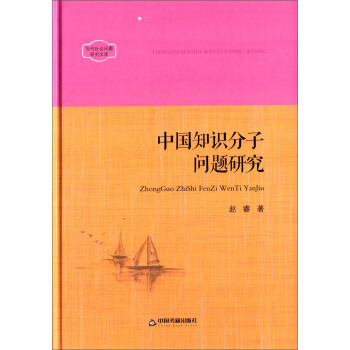


![现代汉语语用调查与教学研究 [A Study On Modern Chinese Pragmatic Investigation And Teaching] pdf epub mobi 电子书 下载](https://pic.windowsfront.com/11894300/56f4108fN4d2dd533.jpg)

